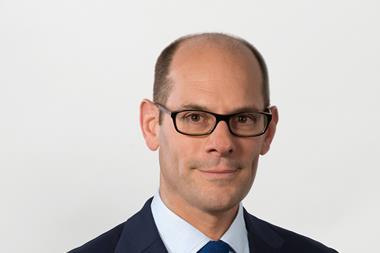The negative return on an equity factor investing strategy depressed the returns of ING pension fund’s equities portfolio in 2020.
The €32bn closed pension fund of the Dutch bank, ING, made a return of just 0.9% on its equity portfolio last year. According to a spokesperson for the fund, the factor strategy’s main exposure consists of low-volatility stocks, “with additional allocations to value and quality stocks”.
Less than two weeks ago, the pension fund of another large Dutch bank, Rabobank, also reported disappointing returns on its equity factor strategy.
While Rabobank pension fund decided to replace its factor strategy with a passive portfolio following a bespoke global sustainable equity benchmark, ING is sticking with is factor strategy for now.
“We have not adjusted the strategy following the negative return,” a spokesperson for the fund commented.
In 2019, ING’s equity portfolio still returned more than 25%, though it’s not clear to what extent the factor portfolio contributed to this. ING does not discern between its factor portfolio and the remaining passively-managed section of its equity allocation.
Return portfolio increase
Because the ING pension fund has a relatively large proportion of older and retired members, the fund invests relatively little in equities. Since the return on the matching portfolio totalled 11.5%, the total return of the fund amounted to 9.1% in 2020. This is only two percentage points below the 2019 return.
In order to create “additional earnings capacity” to help the fund recover from the fall in funding levels over the past few years, the allocation to the return portfolio will be increased from 20% to 26% this year, however. For the same reason the foreign currency hedge in the return portfolio has been halved to 25%.
The return portfolio increase is in fact higher than reported, as the fund has also moved its investment grade bond allocation from its return portfolio to its matching portfolio.
“The characteristics of investment grade bonds are such that this asset class does not really belong in the matching portfolio,” the spokesperson commented.
“This is because an asset class that’s part of the return portfolio is supposed to yield a return that’s above inflation.” The only bonds now left in the return portfolio are high-yield bonds and emerging market debt.
While equity risk is being increased, the fund is reducing interest rate risk at the same time. The fund’s interest rate hedge will be increased from 68% to 80% by the end of next year.
The fund will start hedging its liabilities in real terms instead of nominal terms. “We expect adjusting the interest rate hedge to inflation will have a positive impact on both the real and nominal funding ratios,” the fund’s annual report stated.
50% CO2 reduction
The ING pension fund took “its first steps” within its equity portfolios to reduce its carbon intensity, according to the fund’s annual report.
This has already resulted in a reduction of its carbon intensity by more than 50%, according to the fund. As per the spokesperson, this has been reached by selling carbon-intensive stocks, mainly in the fund’s passively managed portfolio.
At the same time, the fund’s exclusion list has also been extended with firms that get more than 10% of their revenues from coal mining or coal-fired electricity generation and companies that get more than 5% of revenues from oil sands or oil from the Arctic.
All firms that have been excluded for these reasons were emerging market firms, mostly from China.












No comments yet